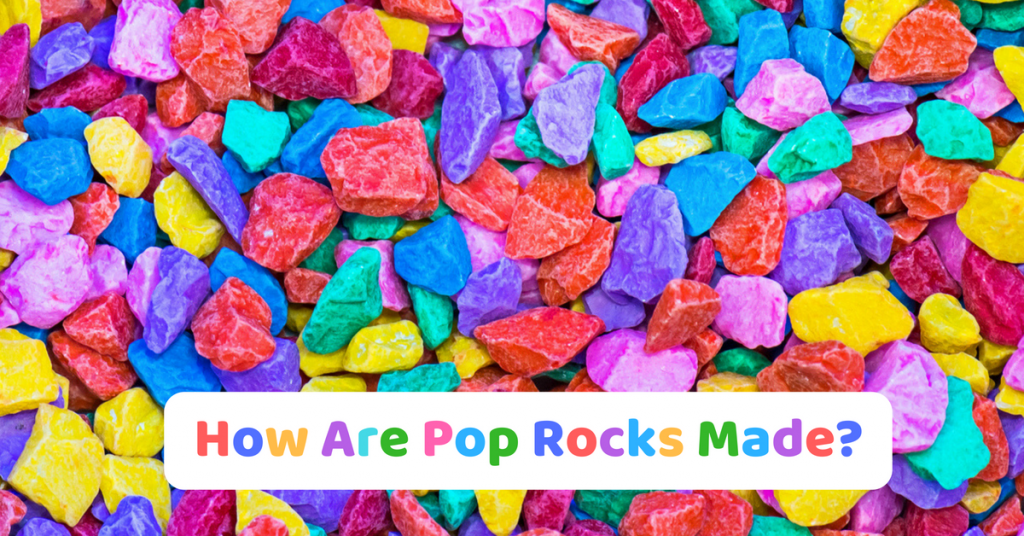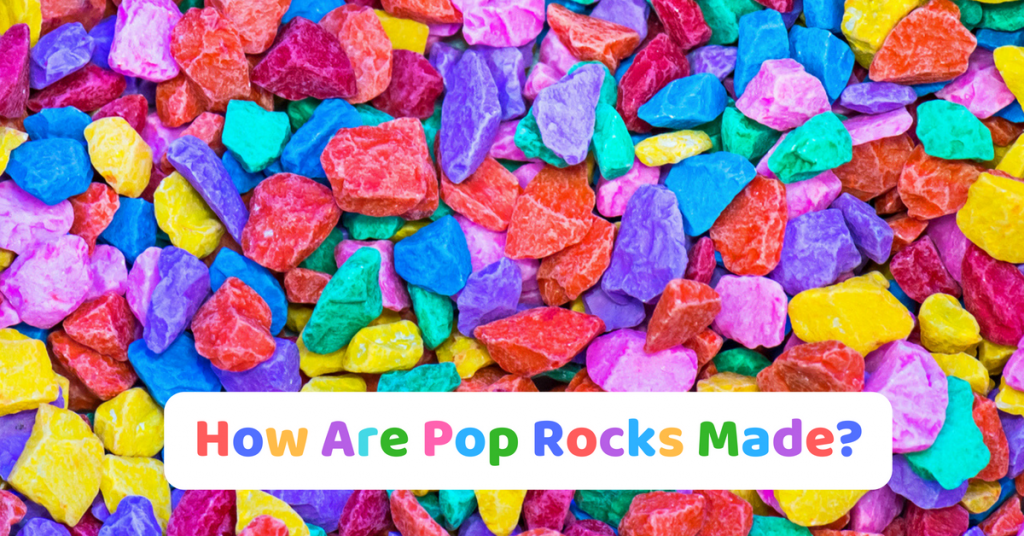Best known by the brand name “Pop Rocks,” popping candy fizzle and sizzle on the tongue thanks to a little science. Here’s how the candy wizards make them.
Step #1:
First of all, apart from its minor explosive capabilities, popping candy rocks are merely just little pebble versions of a fruit-flavored hard candy—they’re pebble-sized versions of a lollipop, in other words. Lollipops (and Jolly Ranchers), and popping candy, for that matter, are made from a relatively simple mixture of sugar, corn syrup, water, artificial fruit flavoring, and, most often, some artificial coloring agents. (Cherry flavor doesn’t make cherry candy turn red, after all.)
Step #2:
Those ingredients are heated together until they slowly reduce, cooking off all the excess water while the temperature grows to about 300 degrees Fahrenheit. At that point, the concoction becomes a thick, sticky, and incredibly sweet syrup. When it cools, it solidifies into hard candy.
Step #3:
But before it can totally solidify, some science has to happen. The lava-like sugar syrup gets another ingredient added to the mix: highly-pressurized carbon dioxide gas. That stuff forms nearly-microscopic (and once again, highly-pressurized) air bubbles throughout the candy.
Step #4:
As the carbon dioxide-infused candy cools, the pressure is released and the candy shatters into its familiar form of tiny rocks. But the pieces still contain plenty of strong air pockets.
Step #5:
Those air pockets are unleashed when heat and moisture is applied—in other words, when you rip open a package of the candy and pour those sweet rocks on your tongue. Like hard candy, the rocks start to melt right away, which frees the candy barriers surround those air pockets. That releases the CO2 inside with many loud pops. The sound and sensation that results is merely escaping gas.









